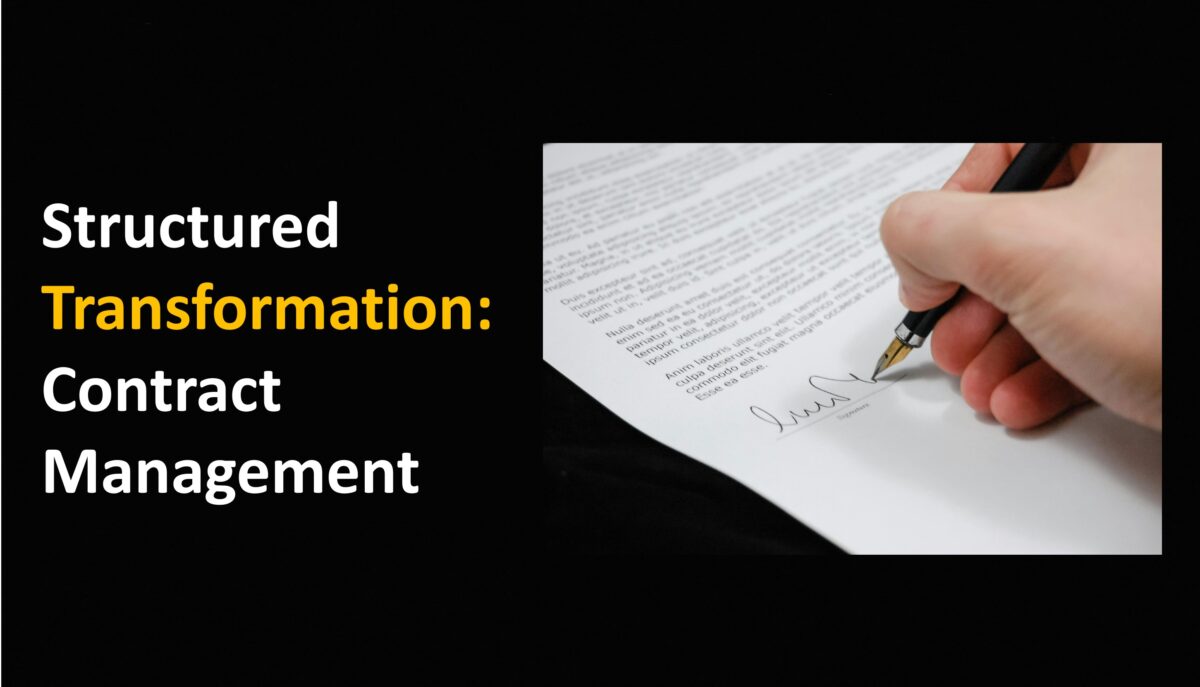When projects fail to deliver on time, on budget, or at expected margins, the root cause is often not the engineering, the technology, or even the customer. More often, it lies in how contracts are structured, managed, and executed.
Contract Management is not paperwork — it is project management in practice.
From proposal through delivery, a strong contract management discipline drives clarity, reduces risks, and protects profitability. Let’s break down why it matters — and what “good” looks like.
1. Contracts start before the contract is signed
In many organizations, contract management is treated as an afterthought. But the seeds of success (or failure) are planted much earlier — in the proposal and tender process.
- Involving engineering, procurement, and project management early avoids gaps and misaligned expectations.
- Using structured checklists and scoring models helps decide when deeper technical consultation is needed.
- Better-prepared bids increase hit rates and reduce margin leakage later.
2. Scope clarity prevents costly disputes
The difference between a Lastenheft (customer’s requirements) and a Pflichtenheft (detailed supplier specification) may sound academic, but in practice it is the line between smooth execution and endless disputes.
- A precise inquiry (Pflichtenheft) is the foundation for project planning, budgeting, and risk management.
- Everything not clarified upfront will turn into a change order or worse, a claim.
3. Change is inevitable — manage it
Scope changes are unavoidable. The difference lies in how they are handled:
- Change orders (Nachträge) should follow a formal process with clear documentation, impact analysis, and customer approval before implementation.
- Claims (Nachforderungen) arise when changes are disputed. At this stage, costs are higher, relationships strained, and outcomes uncertain.
A disciplined contract management framework moves more changes into the “controlled” bucket and fewer into the “conflict” bucket.
4. Contract management is cash flow management
Good contract management is not just about avoiding losses — it’s also about improving liquidity.
Clear milestone acceptance criteria accelerate invoicing.
Continuous tracking of project costs and cost-to-come will form a solid base for PoC (Percentage of Completion) and ensures financial transparency.
Active steering of payment terms, securities, and guarantees stabilizes project cash flow.
5. It’s a team sport
Successful contract management requires more than legal expertise. It involves:
Sales, engineering, procurement, and project management working in sync.
Standardized documentation and clear governance structures.
Leadership commitment to continuous improvement, learning, and sharing best practices.
The ROI of getting it right
Strong contract management means:
Higher margins (through reduced leakage and better risk control)
Faster project starts (with better-prepared bids and handovers)
Fewer disputes (thanks to clarity and structure)
Stronger customer and supplier relationships
In short: Contract management is not an administrative burden — it’s a value driver.
✅ If this resonates, and you’d like to explore how to strengthen contract management in your organization, let’s connect.
